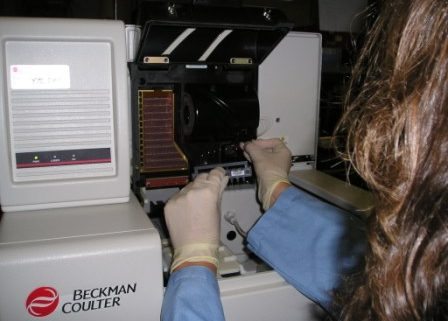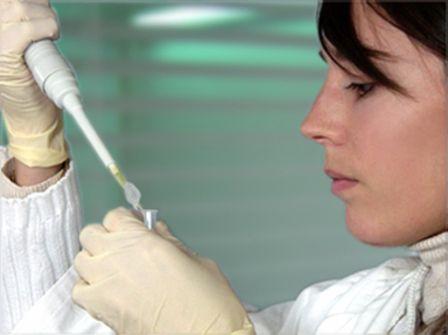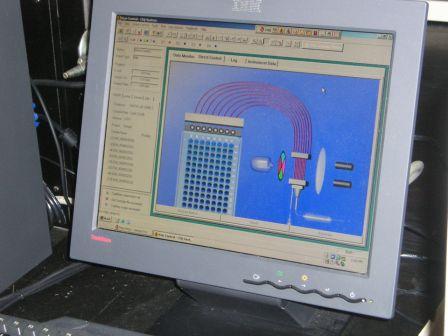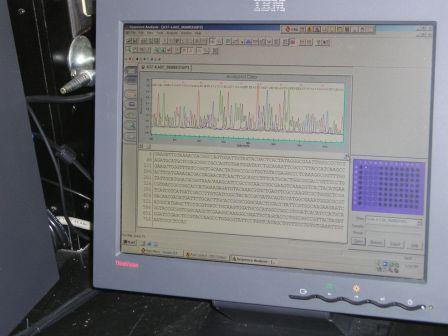DNA Testing: Is It Really All That Complicated?
DNA testing is a great tool for law enforcement. It’s been used to convict criminals in a wide variety of cases, including, murder, rape, robbery, kidnapping, and even blackmail. DNA testing is also used as a means to exonerate the innocent.
DNA testing is pretty darn accurate as long as investigators and scientists handle crime-scene evidence properly, without contaminating it. Something as simple as sneezing on a piece of evidence can ruin a detective’s chances of solving a homicide.
Every cell in the human body has DNA except red blood cells; therefore, almost anything a suspect handled could contain DNA. Even a hairbrush or hat can contain a murderer’s dandruff. Keeping that in mind, crime scene investigators locate and collect items they think a suspect may have touched—cigarette butts, bloody clothing, weapons, paper, drinking glass, etc. The evidence is then turned over to a forensic lab and its scientists for testing.
At the lab, items are logged in and then they wait on a shelf until their time “on the bench” rolls around. Could be days, weeks, or even months. Wait time depends on the backlog of cases. Of course, some high-profile or other urgent cases warrant a move to the front of the line.
The time to conduct the actual testing is pretty quick, not including prep time, no troubles with equipment, etc.
The first step in the testing process is to extract DNA from the evidence sample. To do so, the scientist adds chemicals to the sample, a process that ruptures cells. When the cells open up DNA is released and is ready for examination.
DNA is actually visible to the naked eye. The slimy glob in the center of the circle below is DNA.
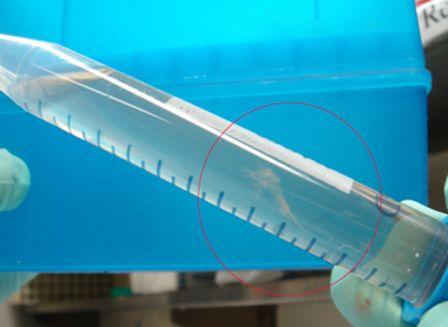
DNA is tested in devices like the one below. They’re called genetic analyzers.
DNA is loaded into wells inside the genetic analyzer. There are 96 wells in the gray, rectangular block shown below (inside the analyzer).
An electric current separates the DNA, sending it from the wells through narrow straw-like tubes called capillaries. During its journey through the analyzer, DNA passes by a laser. The laser causes the DNA loci (a gene’s position on a chromosome) to fluoresce as they pass by, which allows a tiny camera to capture their images.
The image below shows DNA’s path through the genetic analyzer.
Capillaries
Doctor Smith points to the row of eight capillaries, one for each well in the corresponding line of wells (12 rows of 8 wells).
At the end of the testing, the equipment produces a graph/chart called an electropherogram.
Peaks on the graph depict the amount of DNA strands at each location. It is this unique pattern of peaks and valleys that scientist use to match or exclude suspects.
Or, in the case of paternity testing, to include or exclude someone as a parent.
The image below is an electropheragram showing the DNA of a strawberry.
Another method of obtaining DNA results is to “run a gel.” This procedure, like it’s modern day counterpart the genetic analyzer, separates and measures DNA strands.
DNA testing by electrophoresis (gel testing)
Weighing the agar gel (powder at this stage).
Mixing the gel with water.
Gel in chamber. After mixing with water the gel “sets” to the consistency of Jell-O.
Gels are like flat sponges, with many tiny holes, nooks, and crannies.
Injecting DNA into the gel. Pre-formed wells are in place to receive the DNA.
Attaching positive and negative electrodes to the chamber.
Electrical current is the force that causes the DNA strands to move across and through the gel.
Introducing electric current to the gel.
Short strands move quicker and farther than longer strands. Strands of the same or similar lengths wind up grouped together.
Staining the DNA groups makes them visible on the gel. After staining, the completed gel is placed onto an illuminator for viewing.
Gels are then photographed for later use, possibly in criminal or civil trials.
*Above and below photos courtesy of world renowned DNA expert Dr. Dan Krane. Some of you will remember Dr. Krane from his wonderful presentation at the WPA.
DNA is introduced to the testing equipment which then moves through the processes to produce a visible result. It’s not a series of steps where someone could stop, take a look at the incomplete process, and then make a guess as to whether or not someone could be included or excluded as a suspect.
It’s not until the entire process is complete that experts will be able to compare DNA results—suspect DNA to DNA found at a crime scene. Or, to compare test results to human DNA for the purpose of excluding someone as a suspect. There is no midway “make-a-guess-and-leak-to-the-press” point. When it’s done, it’s done.
Below are the DNA test results of a rape victim and two suspects. Obviously, neither of the suspects’ DNA matches that of the victim. However, suspect number two is a perfect match for the DNA found on the victim’s body.
It’s true that excluding someone as a suspect is an often quicker process than identifying the bad guy. This is so because officers already know the identities of some of these people and have collected their DNA samples for testing/comparison.
However, the killer’s identity is probably an unknown at this point because police have not been able to obtain “matchable” evidence from the actual perpetrator. Therefore investigators must begin their quest for a DNA match by conducting good old-fashioned police work—interviewing witnesses and suspects, lifting fingerprints, collecting and identifying physical evidence, and knocking on doors and talking to neighbors, friends, family, etc. Whatever it takes to lead them to the killer and his DNA.
Of course, there’s always the possibility that the killer’s DNA is already tucked away in a computer database, such as CODIS. A quick run-through in the computer system will bring up several close matches, or a positive ID. Remember, though, if the DNA is not in the database investigators must rely on basic investigative skills (please re-read the paragraph preceding this one).
In short, DNA testing is, well, DNA testing. There is no point in the middle of the of the procedure that would allow investigators to exclude anyone as a suspect. The process must run its course to be of use.
*My thanks to Dr. Stephanie Smith for allowing me to hang out in her lab to take the above photos.
Did you know DNA is used to…
Determine pedigree in livestock.
Authenticate caviar and wine.
Identify endangered and protected wildlife species (to prosecute poachers).

